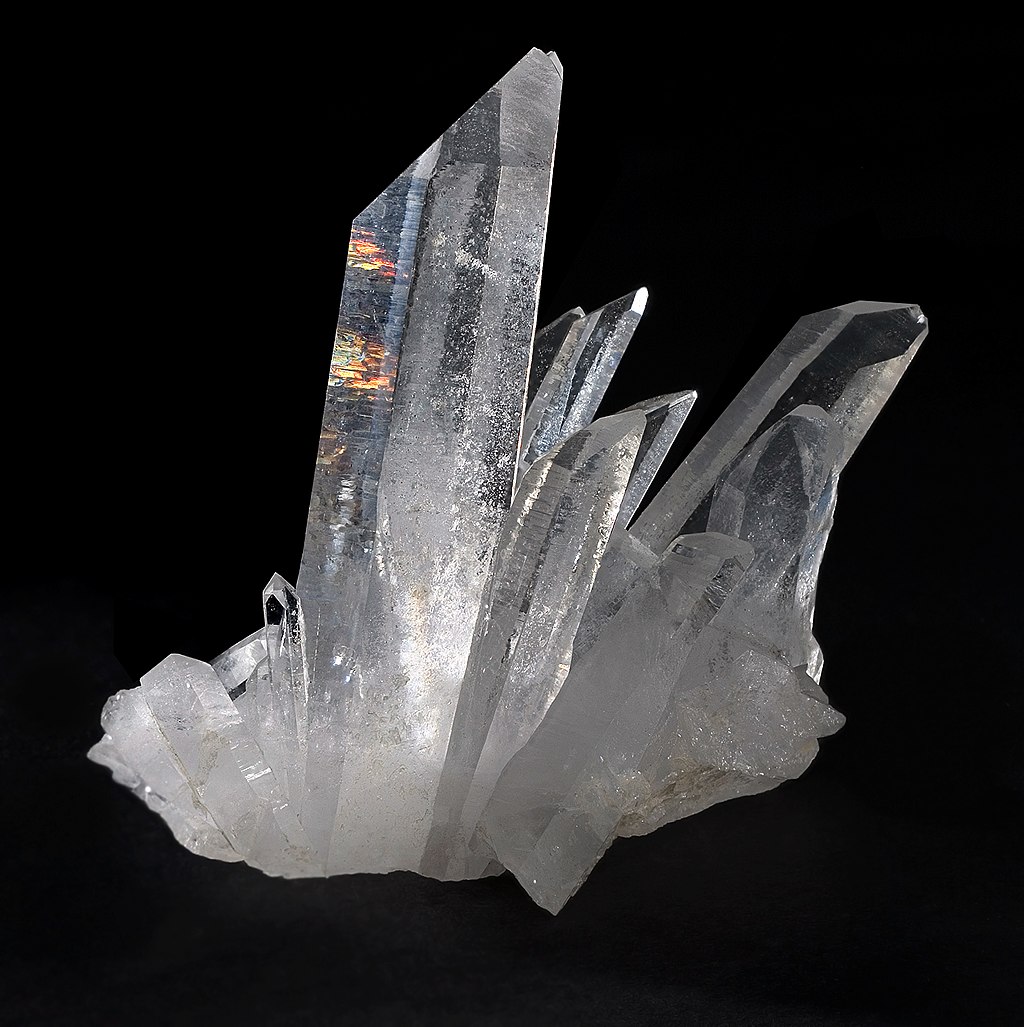A time crystal has been simulated in a Google quantum computer for the first time. This kind of perpetually vibrating crystal may be a unique and elusive state of matter that no scientists has observed yet.
States of Matter
Most people know the common states of matter: solid, liquid, and gas.

Most people know about a fourth state, known as plasma. In a plasma, a gas is so energetic, electrons freely moved around a soup of positively charged atomic nuclei. Most matter in the universe is probably plasma because stars are essentially plasma.
Read more: Strange Places: Top 5 Strange Places in the Milky Way
Still, scientists have discovered even less known states of matter such as a Bose-Einstein condensate. In this state of matter, researchers cool atoms to such a cold temperature that quantum mechanical effects take over. The individual atoms clump together and they all behave like a kind of super atom.
Scientists–condensed matter physicists–have discovered even stranger states of matter. Their research essentially covers at looking at the many unique ways that matter can organize itself into stable structures.
Time Crystal
In a time crystal, the atoms of the crystal move without moving. Rather, the atoms don’t move kinetically but they do perpetually transfer energy to each other. That is, the motion of the individual vibrating particles of the time crystal loop perpetually. In isolation, the particles don’t lose or gain energy.
MIT Professor Frank Wilczek proposed a time crystal as a state of matter in 2012. A short while later, other physicists proved that these unique crystals were impossible. However, a flaw in the research was found that made time crystals theoretically possible under some very narrow circumstances.
Google Supercomputer
Recently, researchers used Google’s 53-qubit quantum Sycamore processor to model a discrete time quantum crystal. They found that a time crystal could be modeled and that it would have the perpetual vibrating properties first proposed. Of course, scientists noted that there are limitations to their research. But perpetually vibrating crystals might make a new kind of memory in quantum computers.



